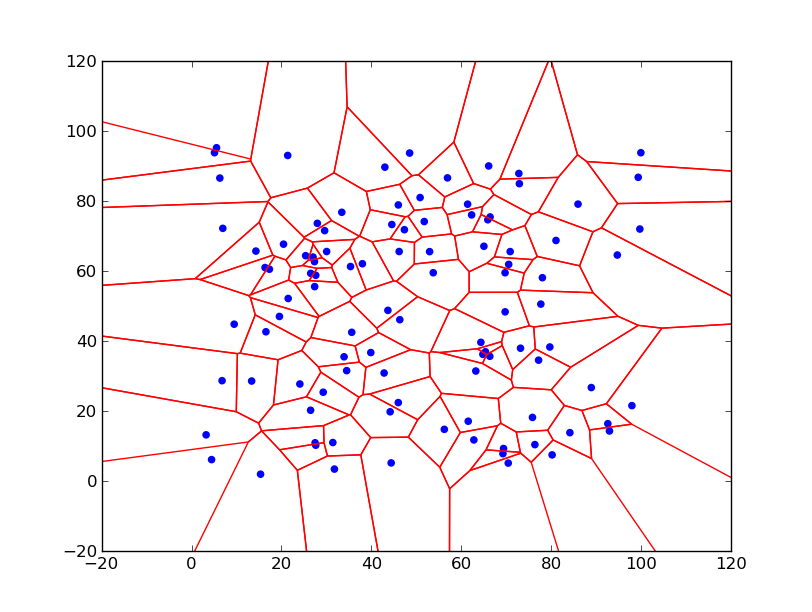In todays digital world passwords and other types of secrets are omnipresent and they secure access to various assets dear to our hearts, some of those can have tremendous tangible or moral value. For such assets it’s worth to select really good and strong password, which basically means long and hard to remember. How to ensure ourselves in case of memory failure? We can write it down and lock in secure place, share with trusted person etc., but still there is one point of of failure – secure place can be robbed, that person can betray us. Can cryptography provide us with better options? Yes it can with help of method called Secret sharing – we can split secret into n parts – called shared secrets – and distribute them to different places/people. Later we (or someone else) need to collect k (k > 0 and k <= n) shared secret to recover original secret. k is called threshold and it is defined when generating shared secrets – so we for instance generate n=5 shared secrets, but only k=3 will be needed to recover original secret.
I believe you can easily imagine many other real life scenarios where secret sharing can be useful and for sure it’s used in many applications and systems today. Cryptography provides several algorithms for secure (by design) secret sharing. Most common is Shamir’s Secret Sharing based on linear algebra approach. There are many tools and libraries for Shamir’s scheme (and further advancements of original algorithm), you can for instance try ssss, which provides command line tool that you can easily install into your Linux and also there is an online demo. Another family of secret sharing schemes is based on Chinese Reminer Theorem, where especially Asmuth-Bloom scheme is interesting. I have not seen many implementation for Asmuth-Bloom secret sharing so I created one in Rust. Continue reading Secret Sharing Is Caring Too →
My actual master studies topic was AI (more then 20 years ago). Artificial Neural Networks (ANNs) were already known and popular branch of AI and we had some introduction to basics of artificial neural networks (like perceptron, back propagation, etc.). Though it was quite interesting topic, I had not seen many practical applications in those days. Recently I’ve chatted with old friend of mine, who stayed in university and is involved in computer vision research, about recent advancements in AI and computer vision and he told me that most notable change in last years was that neural networks are being now used in large scale. Mainly due to increase in computing power neural networks now can are applied to many real world problems. Another hint about popularity of neural networks came from my former boss, who shared with me this interesting article – about privacy issues related to machine learning. I’ve been looking around for a while and it looks like neural networks are becoming quite popular recently – especially architectures with many layers used in so called deep learning. In this article I’d like to share my initial experiences with TensorFlow, open source library (created by Google), which can be used to build modern, multi-layered neural networks. Continue reading Revival of Neural Networks →
Some time ago I was looking for an algorithms that can generate a ‘map like’ like pictures – e.g. tessellation of a plane into set of more or less random polygons. I found Voronoi diagrams – which give very nice pictures and have many useful properties.
Most common case of Voronoi diagram is known in an Euclidean plane, where we have a set of points (call seeds) then Voronoi diagram splits the plane into areas – called Voronoi cells – around each seed, where inside each area any point is closer to that seed then to any other. Areas are then convex polygons (for Euclidean metric). This definition is best illustrated on the picture below – the Voronoi diagram for 100 random points in range 0-100 – Voronoi cells are marked by red lines, blue points are seeds:

Continue reading Voronoi Diagrams →
My Digital Bits And Pieces
